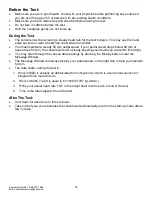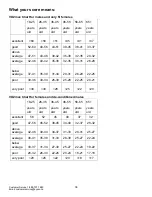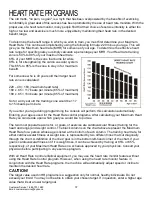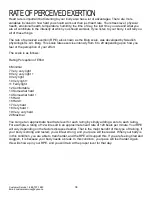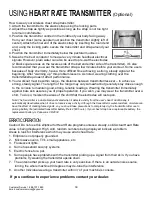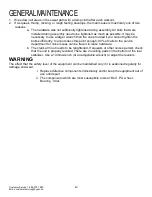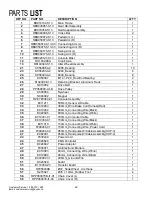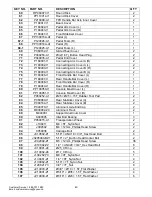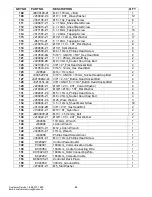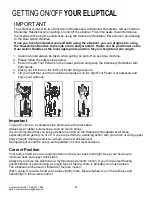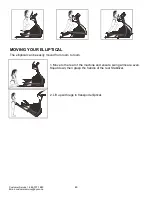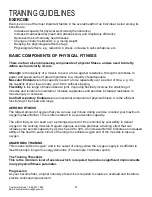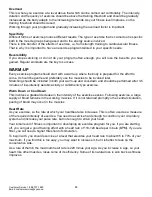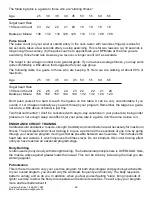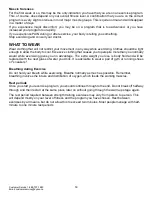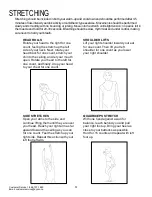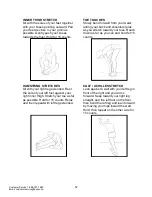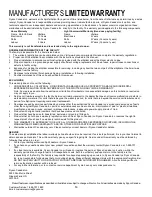
Customer Service 1-888-707-1880
Email: [email protected]
49
The following table is a guide to those who are "starting fitness."
Age
25 30 35 40 45
50
55
60
65
Target heart Rate
10 Second Count 23 22 22 21 20
19
19
18
18
Beats per Minute 138 132 132 126 120 114 114 108 108
Pulse Count
The pulse count (on your wrist or carotid artery in the neck, taken with two index fingers) is done for
ten seconds, taken a few seconds after you stop exercising. This is for two reasons: (a) 10 seconds is
long enough for accuracy, (b) the pulse count is to approximate your BPM rate at the time you are
exercising. Since heart rate slows as you recover, a longer count isn't as accurate.
The target is not a magic number but a general guide. If you're above average fitness, you may work
quite comfortably, a little above that suggested for your age group.
The following table is a guide to those who are keeping fit. Here we are working at about 80% of
maximum.
Age
25 30 35 40 45 50
55
60
65
Target heart Rate
10 Second Count 26 26 25 24 23 22
22 21 20
Beats per Minute 156 156 150 144 138 132 132 126 120
Don't push yourself too hard to reach the figures on this table. It can be very uncomfortable if you
overdo it. Let it happen naturally as you work through your program. Remember, the target is a guide,
not a rule; a little above or below is just fine.
Two final comments:(1) don't be concerned with day-to-day variations in your pulse rate; being under
pressure or not enough sleep can affect it;(2) your pulse rate is a guide, don't become a slave to it.
ENDURANCE CIRCUIT TRAINING
Cardiovascular endurance, muscle, strength, flexibility and coordination are all necessary for maximum
fitness. The principle behind circuit training is to give a person all the essentials at one time by going
through your exercise program moving as fast as possible between each exercise. This increases the
heart rate and sustains it, which improves the fitness level. Do not introduce this circuit training effect
until you have reached an advanced program stage.
Body Building
Is often used synonymously with strength training. The fundamental principle here is OVERLOAD. Here,
the muscle works against greater loads than usual. This can be done by increasing the load you are
working against.
Patronization
This is the term used to vary your exercise program for both physiological and psychological benefits.
In your overall program, you should vary the workload, frequency and intensity. The body responds
better to variety, and so do you. In addition, when you feel yourself getting "stale', bring in periods of
lighter exercise to allow the body to recuperate and restore its reserves. You will enjoy your program
more and feel better about it.

